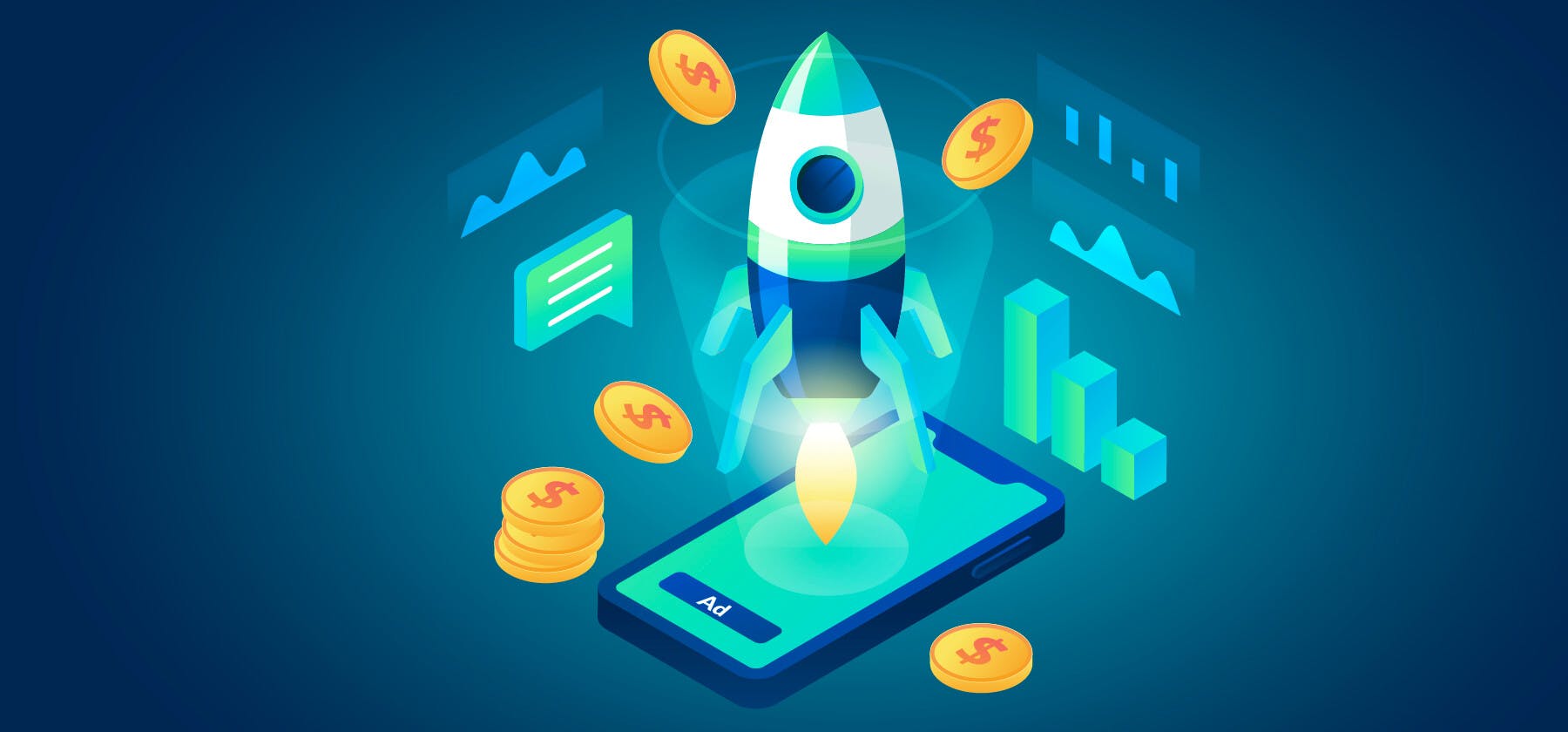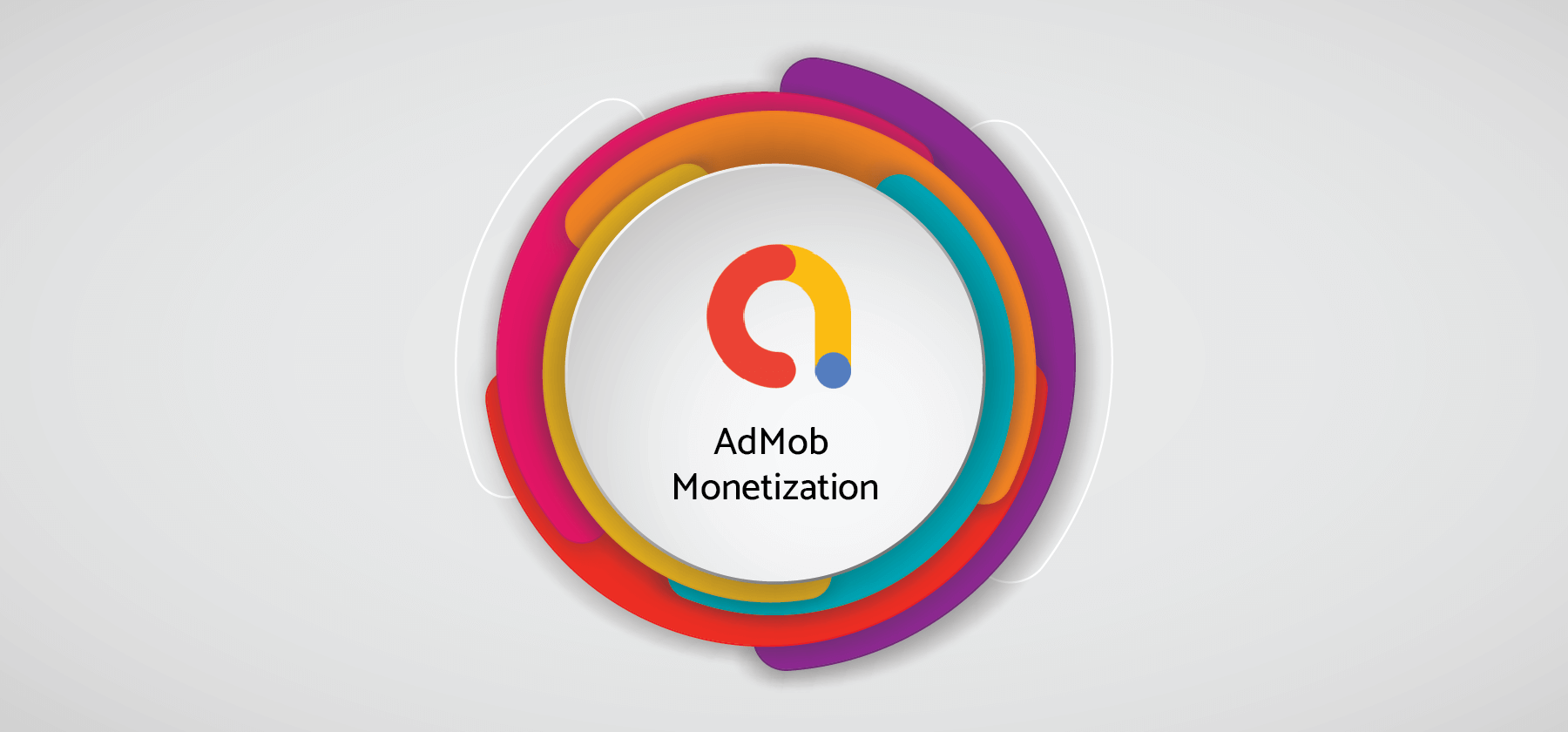App publishers and developers face a wide range of obstacles in their efforts to improve app revenue in the constantly changing mobile app market. Although the ideation, creation, and design of an app require a lot of work, successful revenue is what app developers aim for in the end. This post will explore the various issues that app developers face, examine the reasons behind them, and discuss solutions.
9 challenges to monetization App developers encounter
-
Insufficient understanding of monetization tools:
For app developers, not knowing about monetization solutions presents a significant obstacle in their quest to improve app revenue. App developers likely lack a thorough understanding of the market and access to various tools. Developers may struggle to stay on top of every new device due to the adtech industry's rapid evolution.
Some developers should spend more time learning about monetization tools and techniques. It is common to concentrate on the app's development and ignore its monetization.
-
Creating a publisher account on Google or another demand partner:
The process of setting up a publisher account with a demand partner, like Google or another platform, might pose challenges for app developers who want to improve app revenue. These demand partners must comply with numerous requirements, documentation requirements, and verification procedures before they can register.
In addition to taking a lot of effort, app developers frequently lack the necessary instructions for setting up an account. Additionally difficult is the technical integration of app monetization SDKs or APIs.
-
Lack of user engagement:
Advertising is a crucial source of income for apps. There is less chance of showing an ad or interacting with one if a user is not interested enough to spend enough time on the app. This will directly impact important metrics like impressions, clicks, or conversions. Therefore, if the user declines to use the app for longer, it will not be possible to improve app revenue.
-
Choosing the right ad placements:
Another major obstacle for developers to overcome in their quest to monetize their apps is choosing the appropriate ad placements. Determining the appropriate ad placements is a huge challenge when attempting to improve app revenue due to complex settings and the requirement to adhere to ad standards.
To optimize ad effectiveness, developers must be aware of a variety of characteristics, including ad formats, size, placement, and targeting options. Additionally, when formulating an app's monetization strategy, it's important to strike the correct balance between user experience and ad visibility.
Poor ad placements can result in the following issues:
- Ads that interfere with the app content
- Ads that are placed poorly
- Ads that cannot be skipped
- Irrelevant ads
- Repetitive ads
- Inappropriate ads
- Low-impact ad formats
- Non policy compliant ad servings
These ads can disrupt the user experience and cause them to uninstall the app. This will in turn reduce ad revenue to a considerable extent.
-
Floor optimization for eCPM:
Determining the minimum bid price that advertisers must pay to display ads in the app is known as setting an eCPM floor. If the floor is set too high, the inventories will be too costly for marketers to bid on. Setting a floor too low may cause the advertising inventory to become associated with poor quality. A lot of ad networks also have their own eCPM floor.
Understanding these procedures and deciding on the optimal ad network or eCPM floor are key obstacles that developers must overcome to improve app revenue.
-
Lack of mediation:
One monetization partner, such as AdMob, is frequently all that app developers rely on. To enhance app revenue, it is crucial to look into other strategies. The fact that developers focus on a single demand partner restricts their access to a wide range of demand sources. This influences their capacity to reach a broader audience and maximize monetization possibilities.
Apps that do not research and leverage other Software Development Kits (SDKs) will not be able to access better advertising platforms that could yield better click-through rates (CTRs) and monetization rates. This will ultimately hinder a developer’s efforts to improve app revenue.
-
Inventories that are unfilled:
Unfilled inventories typically result in decreased income and a poor customer experience. The developer's goal to improve app revenue is consequently negatively impacted. A poor app monetization strategy results from vacant ad slots, which can be attributed to either a lack of demand or subpar placement and targeting of ads. Unfilled inventory can occasionally result in lower engagement due to bad ad placements.
-
Data security:
The majority of apps gather user information for analytics. These apps are especially vulnerable to cyberattacks because they are open-source. Despite the numerous security measures that app developers put in place, malware infiltration is always a possibility.
Users may label a specific app as malicious as a result of data theft, data misuse, click fraud, and other issues. Apps will lose users and reputation if they do this. App revenue will ultimately suffer as a result of this.
-
Not harnessing data:
Numerous app developers neglect to keep track of crucial data like installs, clicks, conversions, and so forth. It is a huge challenge when one seeks to improve app revenue. This might be disastrous because the app developer will not be aware of its popularity, flaws, and other factors. Data monitoring will also aid in the discovery of any potential click fraud that the app may be facing.
How to overcome these obstacles
 ways to improve app revenue
ways to improve app revenue-
Formulate your app monetization strategy and tools:
Application developers must maintain their knowledge. The most recent trends, tactics, and monetization methods in the app market must be actively researched and learned about by them. They can accomplish this through participating in seminars or conferences, reading blogs, watching videos, and more. The next step in raising app revenue is conducting in-depth market research. This will aid in identifying effective app monetization strategies that developers may adopt to guarantee the success of their apps.
-
Get acquainted with the demand partners' policies:
Before registering, app developers must better understand the rules, regulations, and policies laid out by the demand partners. The account creation procedure can be streamlined with adequate planning. Developers can simply improve app revenue by keeping up with policy updates and studying the rules.
-
Focus on user-friendly ads:
By concentrating on strategic ad placements, non-intrusive ad formats, and engaging ad content to ensure user engagement, app developers can increase their app revenue. It is simple to maximize user interactions with advertisements and improve app revenue when revenue generation and user experience are balanced well.
-
Keeping up with the latest adtech trends:
The best practices in the sector must be researched and studied by developers. Developers must carefully read the ad network documentation to understand the technical details and policy requirements. A/B testing and optimization can be used to test various ad setups and collect performance information.
By designing a user experience that attracts potential customers, poor ad servings can be avoided. An app can retail customers more effectively, resulting in a better app income and LTV, by ensuring that the design is top-notch and usability is not compromised.
-
Use data and mediation to your favor:
For developers to understand how various eCPM floor levels perform, they must examine data from ad networks. Developers can discover the ideal balance by experimenting with various floor costs. To improve app revenue, developers can also leverage mediation platforms. These solutions provide features and techniques for network-wide eCPM floor optimization.
-
Discover and use ad mediation platforms:
To address the lack of mediation app developers can explore other platforms and integrate a broader range of demand sources. This will help gain access to main ad networks and demand partners, and ultimately improve app revenue. These platforms offer many ad optimization algorithms that can maximize app monetization with ease.
-
Harness different ad networks and demand partners:
Developers can improve app revenue by filling unfilled inventories by integrating multiple ad networks to find a wider pool of advertisers. They can also optimize ad placement and target via a user's behavior and app usage patterns. Developers must also experiment with other ad formats and sizes to find out the combination that works best.
-
Focus on data security:
It is important to safeguard an app user’s data. App developers can do so to improve app revenue by incorporating end-to-end encryption and blockchain technology. This will be an essential factor in a developer’s app monetization journey.
-
Make data-driven decisions:
App developers need to keep robust tracking mechanisms in place for data analysis. This can help gain insights into how well the app performs, how users interact with it, and more. Monitoring data allows developers to detect any potential click frauds as well, ultimately helping the developer improve app revenue.
It is crucial to use creative approaches to overcome these obstacles and to keep up with current trends. To maximize their app's profitability, developers must constantly monitor user preferences and market developments.
The only ad platform built for developers by developers.
Contact us now for a product that fits your needs! It’s quick, simple and easy.



